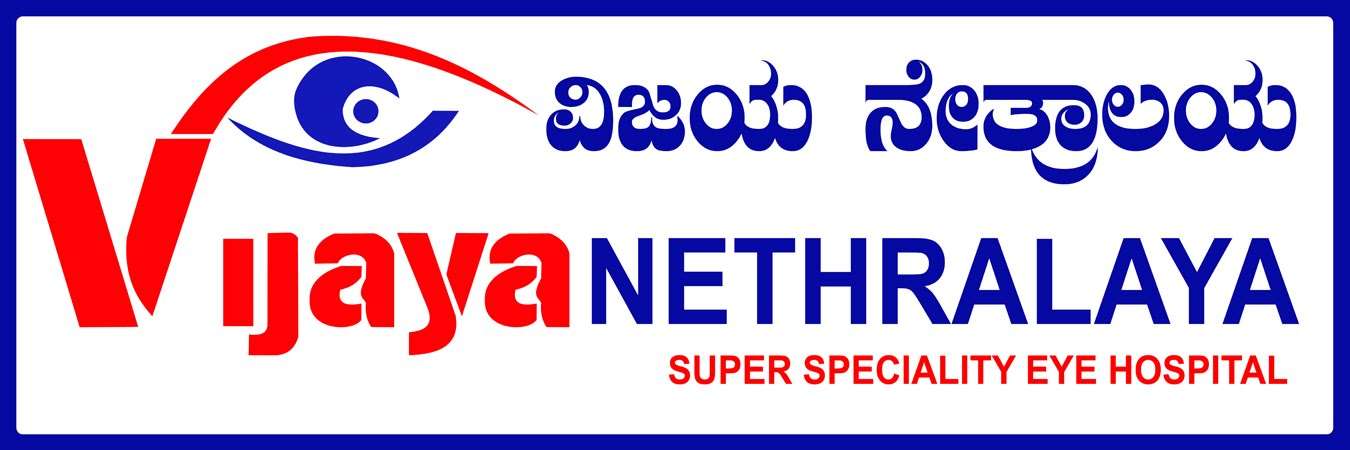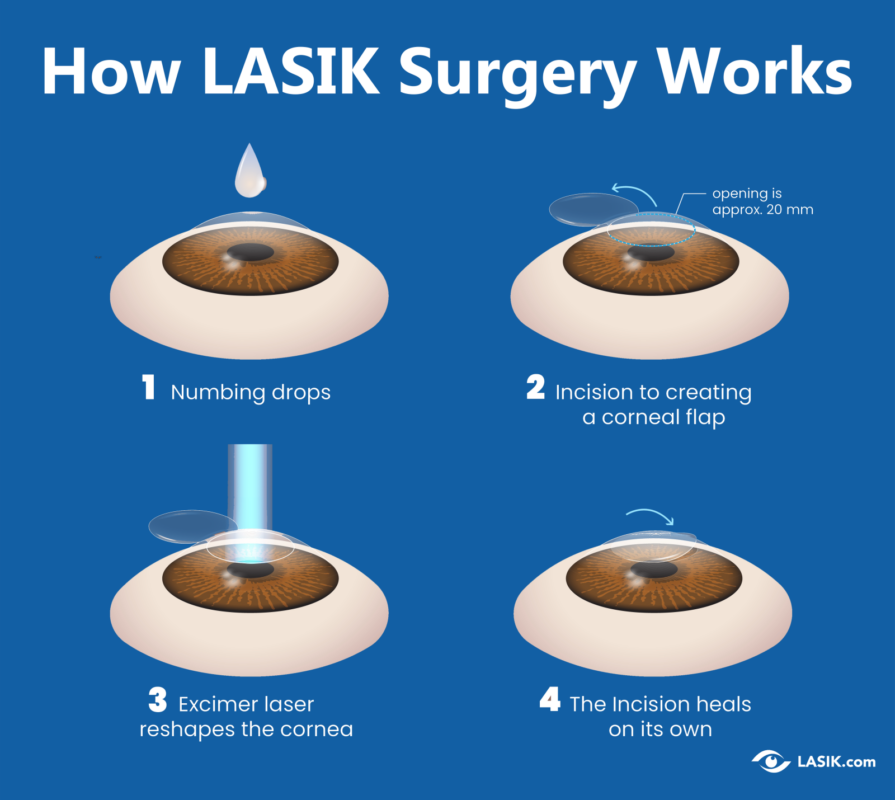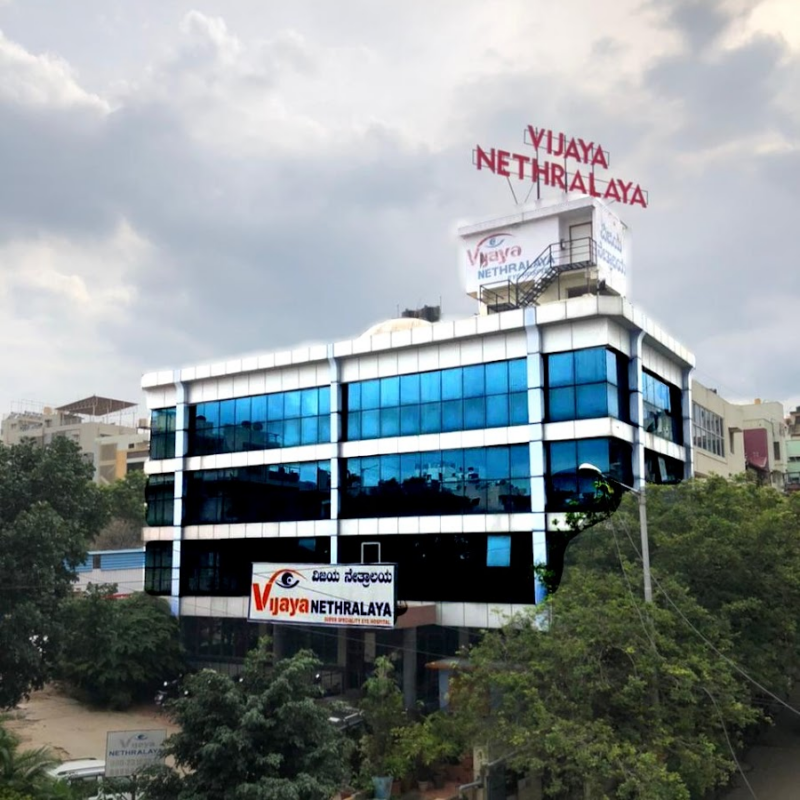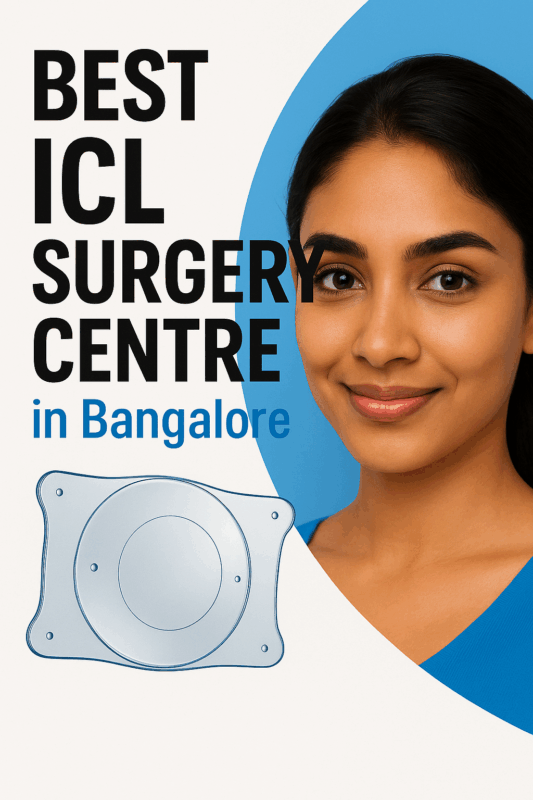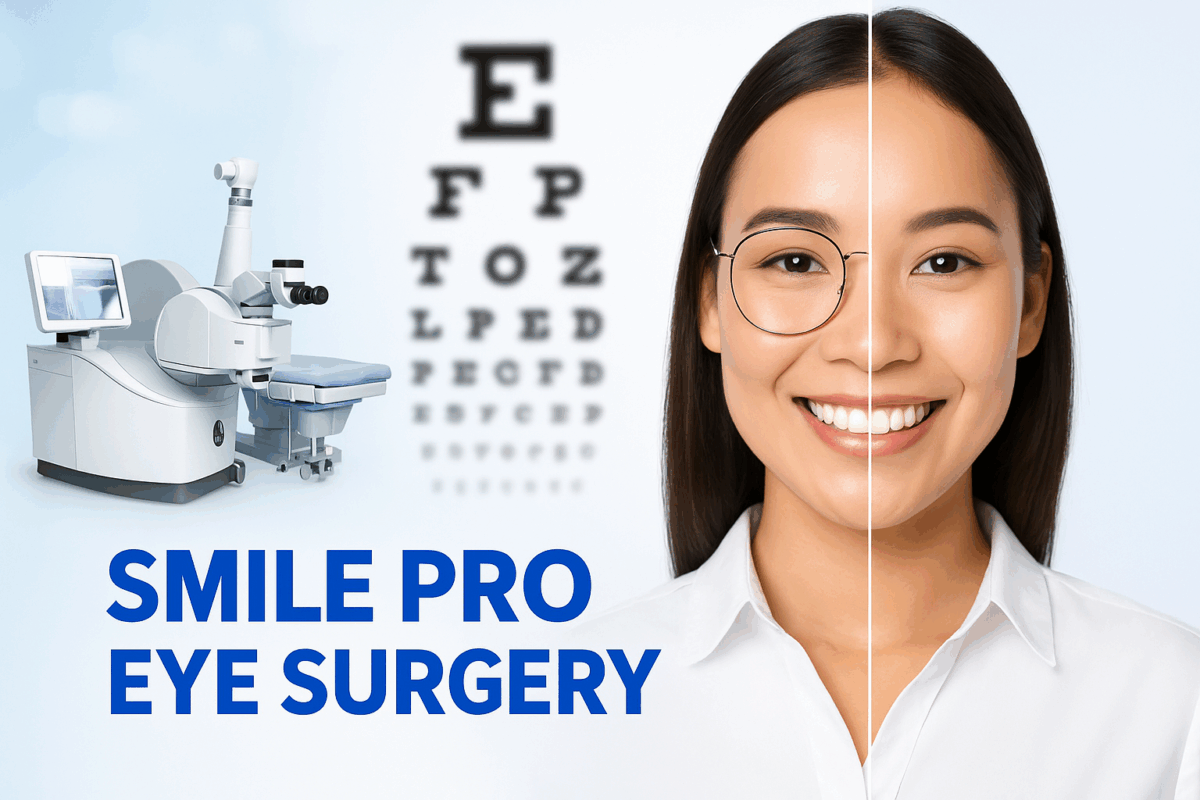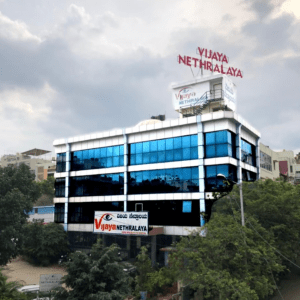Introduction: Why Eye Health Deserves Your Attention
Vision is one of our most critical senses. Yet, millions live with visual impairments caused by refractive errors and age-related conditions like cataracts. Fortunately, advanced solutions such as laser eye surgery and cataract surgery have revolutionized eye care. In this guide, you’ll learn everything about both treatments—from benefits and risks to cost, technology, and post-op care.

Laser Eye Surgery: Reclaim Vision Without Glasses or Contacts
What Is Laser Eye Surgery?
Laser eye surgery is a set of procedures that correct refractive errors like myopia, hyperopia, and astigmatism. It functions by carefully reshaping the cornea with advanced laser technology, allowing light to be properly focused onto the retina for clearer vision. The result? Sharper, clearer vision.
Why Consider Laser Eye Surgery?
Many people opt for laser vision correction for several reasons:
- Freedom from glasses or contacts
- Fast results and quick recovery
- Long-term cost savings
- Enhanced confidence and lifestyle
The majority of patients achieve 20/20 vision or better after surgery.
Types of Laser Eye Surgery Explained
1. LASIK (Laser-Assisted In Situ Keratomileusis)
LASIK is the most common and popular type. The surgeon creates a thin corneal flap, reshapes the underlying tissue with a laser, and repositions the flap. It offers rapid healing and minimal discomfort.
Ideal for:
- Mild to moderate myopia, hyperopia, or astigmatism
- Individuals with adequate corneal thickness
2. PRK (Photorefractive Keratectomy)
PRK was the first FDA-approved laser procedure. The procedure involves gently removing the outer layer of the cornea and then using a specialized laser to precisely reshape the tissue beneath, improving how the eye focuses light. Recovery is slower but suitable for people with thinner corneas.
Ideal for:
- Athletes or those with dry eyes
- Patients with thin corneas
3. SMILE (Small Incision Lenticule Extraction)
SMILE is newer and less invasive. The surgeon uses a femtosecond laser to remove a lenticule (small disc of tissue) from inside the cornea through a tiny incision.
Ideal for:
- Moderate myopia
- Patients seeking a flapless option
Laser Eye Surgery: Pros and Cons
Advantages
- Quick recovery (within 24–48 hours for LASIK)
- Minimal pain or discomfort
- Long-lasting results
- Minimal maintenance
Potential Side Effects
- Dry eyes
- Glare, halos, or starbursts at night
- Temporary visual fluctuations
- Rarely, infection or under-correction
Who Should Avoid Laser Eye Surgery?
You might not be an ideal candidate if you:
- Are under 18
- Have unstable vision
- Are pregnant or breastfeeding
- Suffer from autoimmune diseases
- Have eye conditions like keratoconus or glaucoma
Cataracts: The Cloudy Lens That Steals Your Vision
What Are Cataracts?
Cataracts occur when the natural lens in the eye becomes cloudy. This clouding scatters light and causes blurred or hazy vision. Cataracts are progressive and often related to aging but can be caused by trauma, medication, or other medical conditions.
Common Symptoms of Cataracts
- Blurred or dim vision
- Sensitivity to light or glare
- Difficulty seeing at night
- Faded or yellowed colors
- Frequent changes in prescription lenses
Causes and Risk Factors
Cataracts develop for several reasons:
- Aging—the most common cause
- UV radiation—prolonged exposure to sunlight
- Diabetes—Higher risk due to elevated glucose
- Smoking—Accelerates cataract formation
- Steroid use—Long-term use affects the lens
- Genetic factors—Family history increases risk
Cataract Surgery: Safe, Precise, and Highly Effective
What Happens During Cataract Surgery?
Cataract surgery involves removing the clouded natural lens and replacing it with a synthetic intraocular lens (IOL). This procedure is usually performed on an outpatient basis, takes roughly 15 to 30 minutes per eye, and is known for its high rate of success.
Types of Cataract Surgery
- Standard Phacoemulsification Surgery
Ultrasonic energy is applied to fragment the clouded lens, allowing for its efficient removal during the procedure. - Laser-Assisted Cataract Surgery
Uses femtosecond lasers for greater precision, reducing recovery time.
Choosing the Right Intraocular Lens (IOL)
Modern IOLs offer choices tailored to your lifestyle:
1. Monofocal IOLs
Provide clear vision at one distance (usually far). Reading glasses may still be needed.
2. Multifocal IOLs
Correct both near and distance vision, reducing dependence on glasses.
3. Toric IOLs
Correct astigmatism along with cataracts.
4. Accommodative IOLs
Move inside the eye to adjust focus at various distances.
Cataract Surgery Recovery Timeline
Post-Operative Care Guidelines
- Use antibiotic and anti-inflammatory eye drops
- Avoid touching or rubbing your eyes
- Wear protective sunglasses outdoors
- Avoid swimming and strenuous activity for 2–3 weeks
- Sleep with an eye shield if advised
How Long Until Full Recovery?
The majority of patients begin to experience clearer vision just a few days after the procedure. Complete healing may take 4 to 6 weeks.

Comparing Laser Eye Surgery and Cataract Surgery
| Feature | Laser Eye Surgery | Cataract Surgery |
|---|---|---|
| Purpose | Correct refractive errors | Remove cloudy lens |
| Age Range | 18–45 years | Usually 60+ |
| Duration | ~15 mins per eye | ~20–30 mins per eye |
| Vision Outcome | 20/20 vision achievable | Clear vision with IOLs |
| Recovery | 1–7 days | 2–6 weeks |
Both surgeries are safe, effective, and offer life-changing results.
Technology Behind the Procedures
Top Advancements in Laser Eye Surgery
- Wavefront Technology—Customized mapping for better precision
- Femtosecond Lasers—Blade-free corneal flap creation
- Eye-Tracking Systems—Real-time eye movement adjustments
Tech Innovations in Cataract Surgery
- Femtosecond Laser Platforms—For enhanced accuracy
- Premium IOLs with Extended Depth of Focus (EDOF)
- 3D Imaging and Real-Time Guidance
These technologies improve safety, reduce risk, and enhance outcomes.
Cost of Laser Eye and Cataract Surgery
Laser Eye Surgery Cost
- LASIK: $1,500–$3,000 per eye (not usually covered by insurance)
- PRK: Slightly less than LASIK
- SMILE: Similar to LASIK but varies by location
Cataract Surgery Cost
- Standard cataract surgery: Often covered by insurance or Medicare
- Premium IOLs and laser-assisted options: $1,000–$4,000 per eye extra
How to Choose the Right Surgeon
Your vision is priceless—don’t compromise. Look for:
- Board certification in ophthalmology
- Years of experience with specific procedures
- Access to advanced technology
- High patient satisfaction rates
- Transparent pricing and consultation process
Ask questions, read reviews, and trust your instincts.
Conclusion: Your Journey to Clear Vision Starts Now
Laser eye surgery and cataract surgery are more than medical procedures—they’re gateways to freedom, confidence, and clarity. Whether you’re in your 20s looking to ditch your glasses or in your 60s facing cataracts, modern eye surgery offers safe, effective, and long-lasting solutions.
Take the first step: Schedule an eye exam, ask your doctor about your options, and invest in your most precious sense—your sight.
Author Details:
Dr. Sushruth Appajigowda holds a prominent position as a cornea, cataract, glaucoma, and LASIK surgeon in Bangalore. He serves as the chief cataract and refractive surgeon at Vijaya Nethralaya Eye Hospital, Nagarbhavi, Bangalore. Renowned as one of the finest LASIK surgeons nationwide, he brings with him over 12+ years of experience across multiple LASIK platforms, including ZEISS, ALCON, SCHWIND, AMO, and Bausch and Lomb. Having successfully conducted over 5000 LASIK procedures, Dr. Sushruth holds the title of a Certified Refractive Surgeon and a Fellow of the All India Collegium of Ophthalmology. Furthermore, he stands as a distinguished speaker at various national and international forums, using his expertise to guide you in selecting the most suitable procedure based on your health requirements.

http://vijayanethralaya.com/link-in-bio/
Frequently Asked Questions (FAQs)
Is laser eye surgery permanent?
Yes, but natural aging changes may still affect your vision over time.
Can cataracts return after surgery?
No, but a cloudy membrane (posterior capsule opacification) may form and can be treated easily with a YAG laser.
Is laser-assisted cataract surgery worth it?
Many patients report better outcomes, faster recovery, and greater precision. If cost isn’t a barrier, it’s a worthwhile investment.
Can I undergo laser surgery if I’ve had cataract surgery already?
Yes. LASIK or PRK can fine-tune vision post-cataract surgery if needed.
